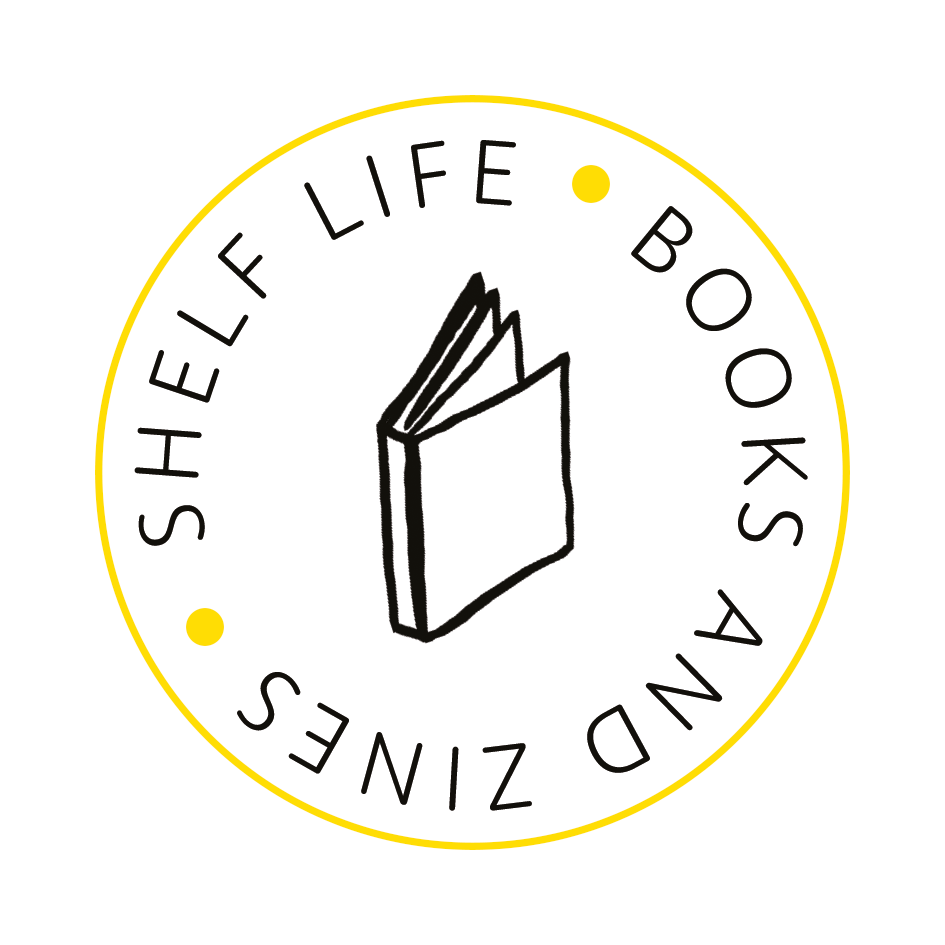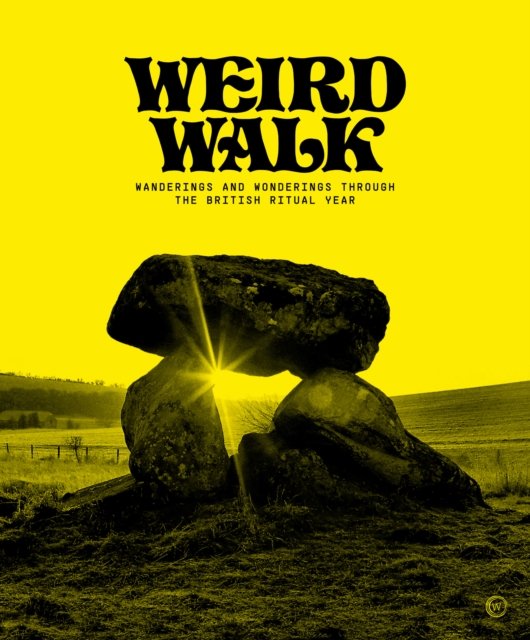Drawing as Therapy: Know Yourself Through Art - The School of Life
One of the difficulties about how our minds work is that we often cannot quite clearly see or know what is inside us. Art therapists have a longstanding tradition of prescribing image-making to prompt expression of feelings, often by asking people to draw, paint, or sculpt "how you feel." It is one of the fundamental approaches in the field that distinguishes art therapy from verbal techniques that ask people to simply talk about their emotions. Author Erica Jong once wrote that imagery is a form of emotional shorthand.
This could be interpreted to meanthat while we may use paragraphs of prose to describe an emotional experience, images allow us to communicate simply and directly. At its core, art therapy embraces the paradigm that creating images cuts to the chase when it comes to expressing feelings. The point is not to draw well.
But to draw with authenticity. This is specifically a book for people who can't draw.
One of the difficulties about how our minds work is that we often cannot quite clearly see or know what is inside us. Art therapists have a longstanding tradition of prescribing image-making to prompt expression of feelings, often by asking people to draw, paint, or sculpt "how you feel." It is one of the fundamental approaches in the field that distinguishes art therapy from verbal techniques that ask people to simply talk about their emotions. Author Erica Jong once wrote that imagery is a form of emotional shorthand.
This could be interpreted to meanthat while we may use paragraphs of prose to describe an emotional experience, images allow us to communicate simply and directly. At its core, art therapy embraces the paradigm that creating images cuts to the chase when it comes to expressing feelings. The point is not to draw well.
But to draw with authenticity. This is specifically a book for people who can't draw.
One of the difficulties about how our minds work is that we often cannot quite clearly see or know what is inside us. Art therapists have a longstanding tradition of prescribing image-making to prompt expression of feelings, often by asking people to draw, paint, or sculpt "how you feel." It is one of the fundamental approaches in the field that distinguishes art therapy from verbal techniques that ask people to simply talk about their emotions. Author Erica Jong once wrote that imagery is a form of emotional shorthand.
This could be interpreted to meanthat while we may use paragraphs of prose to describe an emotional experience, images allow us to communicate simply and directly. At its core, art therapy embraces the paradigm that creating images cuts to the chase when it comes to expressing feelings. The point is not to draw well.
But to draw with authenticity. This is specifically a book for people who can't draw.






